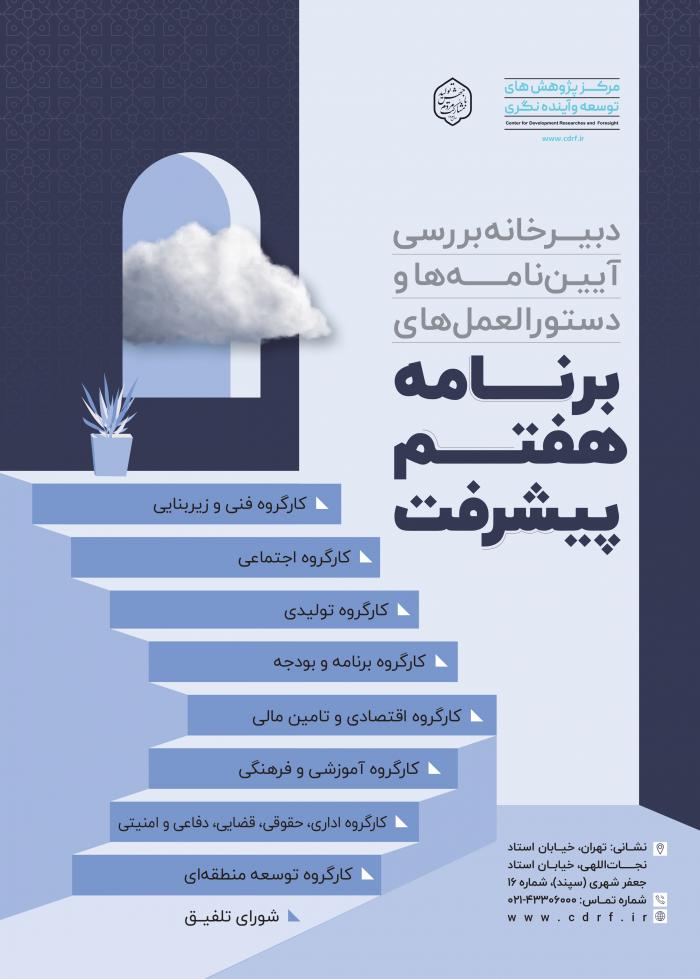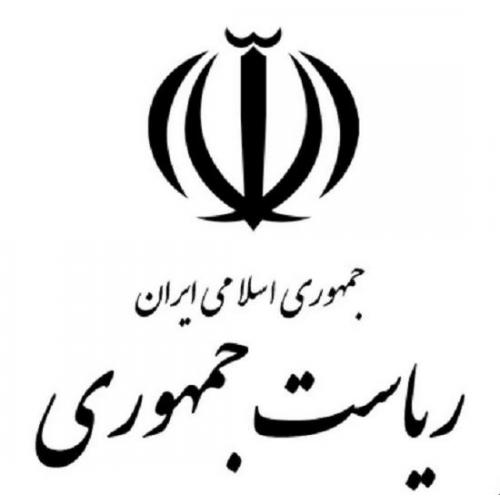

-
بررسی آییننامهها و دستورالعملهای برنامه هفتم پیشرفت
-
بررسی عوامل موثر بر افزایش تصادفات و تلفات جادهای و سوانح رانندگی و دادهکاوی تلفات انسانی
-
سازماندهی و بازآرایی فضایی آموزش عالی کشور
-
به روز رسانی سند ملی آمایش سرزمین
-
انجام مطالعات مناطق آزاد به عنوان نواحی پیشران اقتصادی کشور
-
اصلاح ساختار بودجه و پیاده سازی نظام یکپارچه مدیریت اطلاعات مالی دولت (IFMIS)

Tax policies are frequently utilized by governments as a mechanism to regulate the urban housing market. This necessitates an evaluation of the potential tax capacity inherent within the real estate sector, a scrutiny of the obstacles impeding tax collection in this sector, and a study of successful international models to devise effective tax laws and regulations within the country. The focus of this research is on estimating the tax capacity associated with rental income from residential units and computing the natural vacancy rate for residential units. The research also seeks to ascertain the available tax capacity for these units.
The taxation on rental income from real estate is regulated by Articles 57-52 of the Direct Taxes Law. The computations indicate that the estimated tax capacity on rental income from residential units is approximately 993 billion tomans, with half of this amount attributed to Tehran province. The provinces of Isfahan, Fars, and Alborz follow with the largest respective shares. The research reveals that the natural vacancy rate for residential units in Iran for the years 2015-2016 is approximately 3.7%. However, the actual vacancy rate in 2015 was measured at 11.3%. It is worth noting that the real vacancy rates in 2015 and 2016 were around 4% and 8.3%, respectively. Therefore, a significant discrepancy exists between the natural and real vacancy rates in the Iranian housing market, a gap that has been expanding over the mentioned period.
The imposition of a tax on vacant residential units is believed to influence behavior and align the vacancy rate with its natural level. From this perspective, the total tax capacity of vacant residential units is estimated at 12 thousand billion tomans, with 40% attributed to Tehran province. Given the current state of the housing market, it is deemed necessary for the government to intervene through the implementation of a tax law targeting vacant housing units. This serves as a regulatory mechanism to manage the housing market, control speculation, and reduce the profitability of unproductive activities in the housing sector.
Furthermore, this source of tax can augment tax revenues, thereby enhancing the provision of public services to individuals in society. However, if the objective of policymakers is to improve the housing market, they must first implement economic policies aimed at reducing inflation and enhancing macroeconomic stability within the country. Subsequently, measures can be taken to manage the market and counteract speculative demands before applying taxes to vacant residential units.



